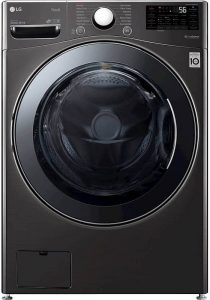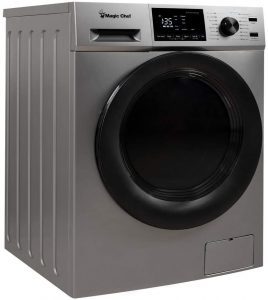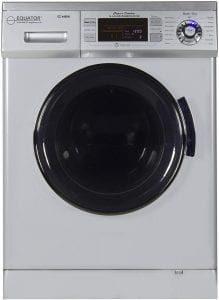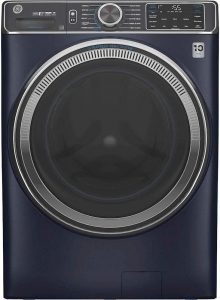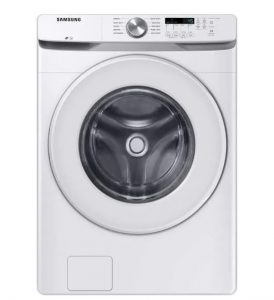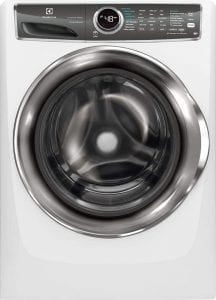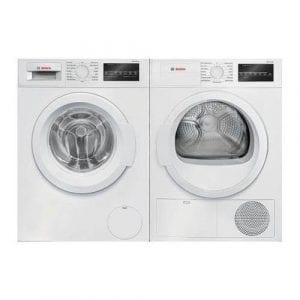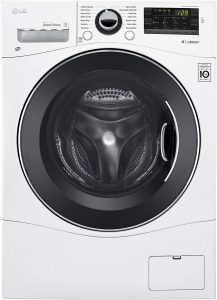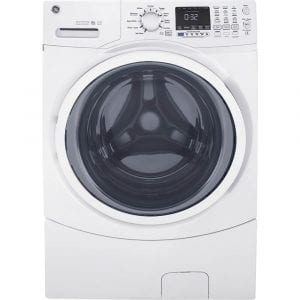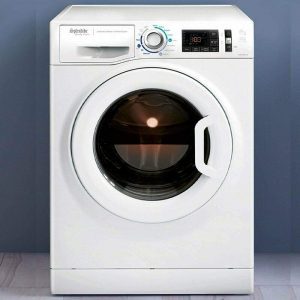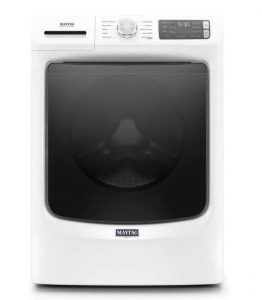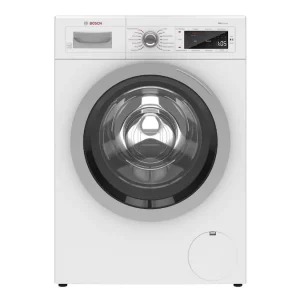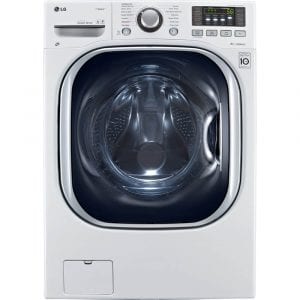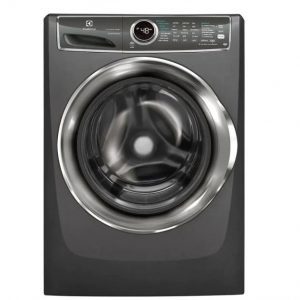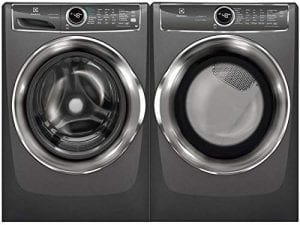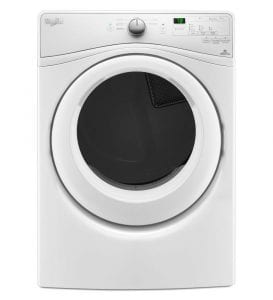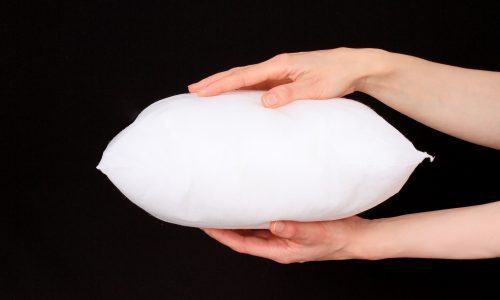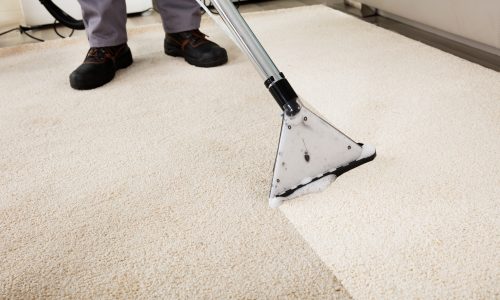The Best Front Load Washing Machines
We looked at the top 16 Front Load Washing Machines and dug through the reviews from 68 of the most popular review sites including and more. The result is a ranking of the best Front Load Washing Machines.
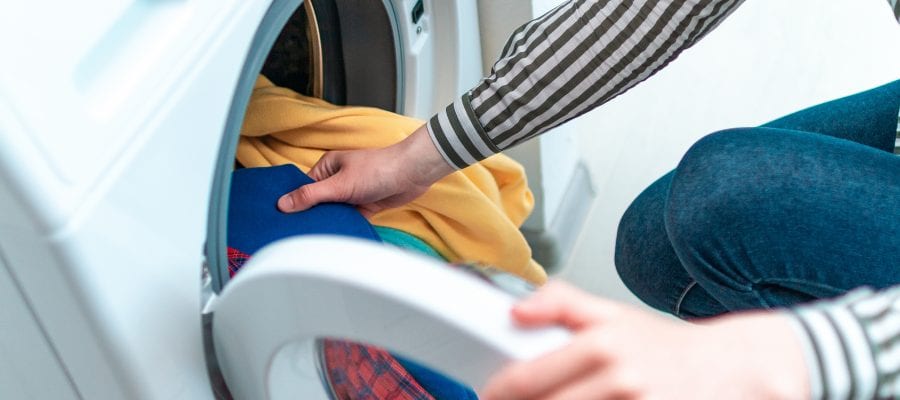
Our Review Process
Don't Waste Your Money is focused on helping you make the best purchasing decision. Our team of experts spends hundreds of hours analyzing, testing, and researching products so you don't have to. Learn more.
Our Picks For The Top Front Load Washing Machines
- 1. LG WM3998HBA 6-Wash Motions Front Load Washing Machine
- 2. Magic Chef MCSCWD27S5 LED Front Load Washing Machine
- 3. Equator LED Display Front Load Washing Machine, 24-Inch
- 4. GE Stackable Stainless Steel Front Load Washing Machine
- 5. SAMSUNG Self Clean+ Front Load Washing Machine
- 6. Electrolux EFLS627UIW Climate Friendly Front Load Washing Machine, 27-Inch
- 7. Bosch Front Load Laundry Pair
- 8. LG Water Plus Front Load Washing Machine
- 9. GE Steam Front Load Washing Machine
- 10. Splendide Combo Front Load Washer & Dryer
- 11. Maytag Quick Wash Front Load Washing Machine
- 12. Bosch 500 Stackable Front Load Washer
- 13. LG Steam Front Load Washer/Dryer
- 14. Electrolux Stain Removing Front Load Washing Machine
- 15. Electrolux Titanium Front Load Laundry Pair
- 16. WHIRLPOOL Front Load Electric Dryer
Save space with this front load washing machine, which also doubles as a dryer. It features TurboWash, which reduces your cleaning time by a whole half hour. Families with younger children will especially appreciate how quiet the machine runs, as well as its ease of use.
Two In OneWhen this front load washing machine senses dampness, it automatically readjusts the dry time for you.
This compact front load washing machine dazzles with attractive silver housing and a stainless steel tub. It offers a 2.7-cubic foot capacity and 14 different wash cycles to choose from. You'll also get five temperature settings to clean a variety of different colors and fabrics.
Multiple Cycle OptionsThis front load washing machine also doubles as a dryer, which means you get two appliances for the price of one!
Save space with this front load washing machine that also has drying capabilities. The control panel is easy-to-read and has a color-coded LED display. The unit features dual venting fans to reduce drying time and has a motor that runs quietly.
Multiple FinishesSurprisingly, this front load washing machine is available in a choice of silver, merlot, champagne gold, white, black and pink finishes.
Clothes have never been cleaner or smelled more fresh than when washed in this front load washing machine. It uses microban antimicrobial technology to clean clothes and remove allergens. Users will love the five temperature settings, 10 different wash options and 12 wash cycle to choose from.
High-Quality UnitThis front load washing machine has a large 5-cubic foot capacity.
Buying Guide
When you’re picturing a washing machine, a lot of people still pull up a mental image from the laundromat: rows and rows of top-loading washers, all dutifully churning away.
Maybe that traditional image is why top-loading washers are still out there in many homes. And while top-loaders may fit the needs (and budget) of the average laundromat, front-loading washers are the way to go for many homeowners.
To get a fair comparison, let’s get a quick look at how these two types of washing machines work. As you might imagine, top-loading washers are called that because that’s how the clothes are loaded in: through the top. Once they’re in the drum, it fills up with enough water to submerge the clothes, the amount of which can generally be adjusted by load size. The machine then dumps in whatever detergent you’ve added, and the wash cycle begins.
In a traditional top-loading washer, that cleaning is done primarily with an agitator. That’s a large column in the middle of the drum with paddles running diagonally down the side, reminiscent of a boat propeller. The agitator spins at various speeds and in various directions, rubbing dirt and particles off the clothes and distributing detergent through the mix.
That agitator is great for getting out stains, but it’s also a bit rough on delicate materials. That’s why you see an increasing number of top-loading washers marked as high-efficiency. That means, among other things, that there’s no agitator in the middle of the drum. Clothes are simply cleaned by the spinning action of the drum, which rubs clothes repeatedly against each other and the serrated edges on the sides.
All front-loading washing machines work on that same basic principle, too. Rather than a hatch at the top, you put clothes into a front-loading washer through a door at the front. During that high-efficiency wash cycle, clothes are spun on a horizontal axis. The difference here is that there’s no need to fill the entire drum. The wash load is simply dipped repeatedly into a reservoir of water at the bottom as it rotates through. Not only does that kinetic action help with the cleaning, but it also saves a ton of water.
And there you have the primary attraction for front-loading washers over their top-fed counterparts: energy efficiency. On average, front-loaders use five gallons less water per load, which adds up to a savings of 2,000 gallons per year. That’s a lot of water and a lot of money off the utility bill. The actual amount used can vary greatly by model and its individual settings, but penny-pinchers or the environmentally conscious will want to look for an Energy Star certification. That means the washer will use no more than 14 gallons per load.
You can still wash plenty of clothes per cycle in a front load washer, even though it uses less water. “The standard-sized front loader is between a 4.2 and 4.5 cubic foot capacity, which can easily accommodate a queen-sized comforter,” says Vicki Liston, host of “On The Fly…DIY,” an award-winning home improvement show. “Compact versions can go as low as 3.5 cubic feet while large capacity versions range upward from 4.5 to over 6 cubic feet, perfect for large families and king-sized comforters.”
With no agitator, front-loading washers are also more gentle on delicate fabrics, while still performing as well or better than the latest top-loaders. There’s a bunch of other areas in which the average front-loader comes out on top. Most will have a larger capacity, especially when compared to old-school agitator washers. And the construction benefits from gravity, allowing for a faster spin in many cases.
Your results will vary by model and manufacturer, of course, and there are a few minor hassles inherent to front-loaders. For starters, they generally require a bit more maintenance. And older or less mobile consumers take heed: Loading your wash on the front means kneeling down, a necessity that top-loaders do not have. Of course, there is a simple way around that problem, such as mounting the washer on a pedestal or dryer. (Or simply buying a washer/dryer combo that is set up that way from the get-go.)
And as you can guess with any technological advancement, they do tend to cost a bit more. Shop around, though! These days, you can find some fairly advanced features even on washers that are very affordable.
Our Expert Consultant

Home Improvement Expert
Vicki Liston writes, produces, and narrates “On The Fly…DIY,” an award-winning home improvement and DIY show of unique project tutorials for the casual DIY’er.
Home improvement and all things DIY have been Liston’s passion since she bought her first house in 2007 and she started making video blogs in 2014. She’s performed hundreds of DIY projects, from small ones to major, wall-smashing renovations and can teach you how to make a trendy DIY barn door for cheap. The proceeds earned from “On The Fly…DIY” are donated to no-kill animal shelters and rescue organizations.
Why we recommend these front load washing machines?
Products Considered
Products Analyzed
Expert Reviews Included
User Opinions Analyzed
Our experts reviewed the top 16 Front Load Washing Machines and also dug through the reviews from 68 of the most popular review sites including and more. The result is a ranking of the best of the best Front Load Washing Machines.
DWYM is your trusted roduct review source. Our team reviews thousands of product reviews from the trusted top experts and combines them into one easy-to-understand score. Learn more.
The Best Bang For Your Buck
Magic Chef MCSCWD27S5 LED Front Load Washing Machine
Key Takeawy
This compact front load washing machine dazzles with attractive silver housing and a stainless steel tub. It offers a 2.7-cubic foot capacity and 14 different wash cycles to choose from. You'll also get five temperature settings to clean a variety of different colors and fabrics.
What to Look For
- When buying any washer, the various settings, spin speeds and features are going to be the first things that catch your eye. Just remember that none of them mean much if the unit doesn’t fit in your utility room. You’ll want to look at the dimensions of a new washer, and add in plenty of extra space at the front to accommodate the opening door and your chore-doing self. Speaking of the door, which way does it open? Figuring that into the equation will save you some head-slapping later. Many models even have doors that can be installed on the left or right as needed.
- Speaking of saving space, top-loading washers might be more compact, especially when you add in the space for that opening door. But front-loaders can more than make up for that liability with the ability to stack laundry items — or even a dryer — on top. Not all front-loading washers are built that way, though. Take a look at the controls and detergent receptacle and make sure they’re not mounted on the top where they can get covered up. Most washers will give a heads up in the manual or warranty regarding their weight capacity.
- Read enough reviews for front-loading washers, and you’ll find that a lot of the negative ones have one thing in common: mold. It’s true that it can be a problem for some budget washers, but it’s usually quite fixable. The issue stems from the way front-loaders operate. Unlike a top-loader, the door seals tightly to make sure the water doesn’t spill out during the washing process. That’s great, but what happens when the wash is all done? The residual moisture still gets trapped inside the drum, and that allows mold to grow. If you don’t mind leaving the door open when the washer isn’t in use, that can help a great deal. You might also wipe down the interior after each wash, making sure to get inside the folds of the gasket around the door. If that’s too much upkeep, most front-loading washers do have a self-cleaning cycle. Just run it once a month or as directed, using a special cleaning fluid that will absorb the moisture and eliminate any smells that come with it.
- Home improvement expert Liston has a few more tips for keeping your washer smelling fresh. “Remove your clean loads as soon as they finish. It’s also smart to run a monthly empty load with two cups of either white vinegar or bleach to remove detergent and fabric softener build-up.”
- No matter how fancy your washer is, you’ll need to give it the tools to do its job effectively. That means using the right kind of detergent, which is HE. That stands for high efficiency, and it was developed for use as newer washers came on the market that did not use as much water. In the agitator-style washers, detergent was designed to get sudsy. Those suds would ostensibly hold the dirt and keep it from getting re-applied to the fabric. In the more energy-efficient front-loading washers, those suds can’t do their work as well in the smaller reservoir of water. They might even end up spilling out of your detergent receptacle or oozing through your door. Even in the best-case scenario, the suds will end up sticking to your clothes, making them feel abrasive or itchy. HE detergent produces little or no suds, using a different reaction to pull stains away and keep them in the solution.
- Experiment with the amount of detergent you use, too. Filling up the detergent cup too much won’t necessarily lead to cleaner clothes. If your load is especially small, it can even make them filmy or result in icky leftover detergent. It will save you money and headaches to do a little reading, both on your detergent bottle and washer manual. Is your detergent a 2X concentrate (meaning double the concentration of cleaning fluid)? Use half as much as you normally would. And start with the guidelines in your washer manual, which generally recommend using less detergent than your bottle might say.
- Finally, don’t overload your clothes. Washer repairmen say that’s the top cause of wear and tear on front-loading washers. Heavy loads of clothes put plenty of strain on the back bearings that keep the drum in place, and those can get mighty expensive to replace.
More to Explore
Is your washing machine giving you fits? Look up “washing machine throw” on Google, and you’ll find some pretty cathartic videos. Yes, there is a world record for the distance you can throw a washing machine, and there’s a surprising amount of people who are constantly attempting to break it. The actual official record distance is a little murky, but American Sean McCarthy chucked one 15 feet and 9 inches at a Cincinnati Reds game in 2015. That’s right up there with Hafthór Björnsson (better known as Gregor “The Mountain” Clegane from Game of Thrones), who hurled one over 15 feet in 2013.

